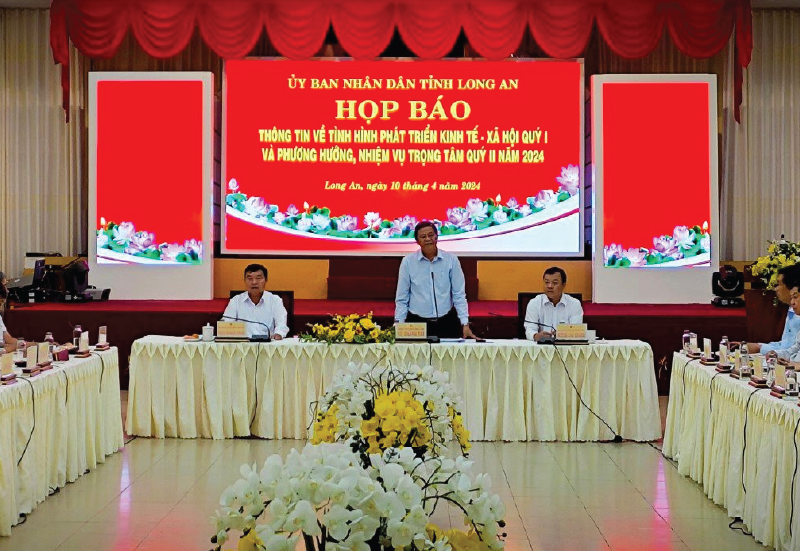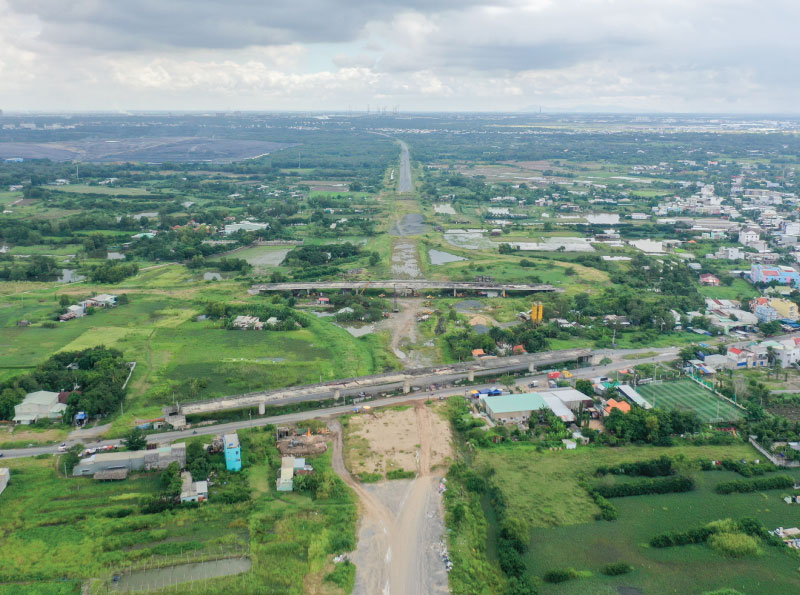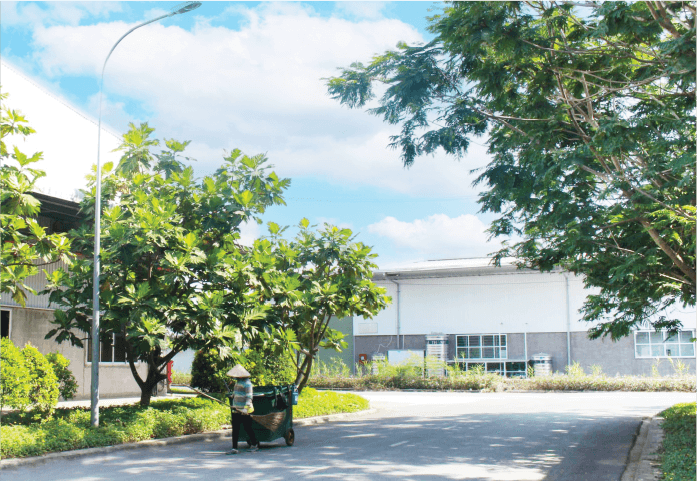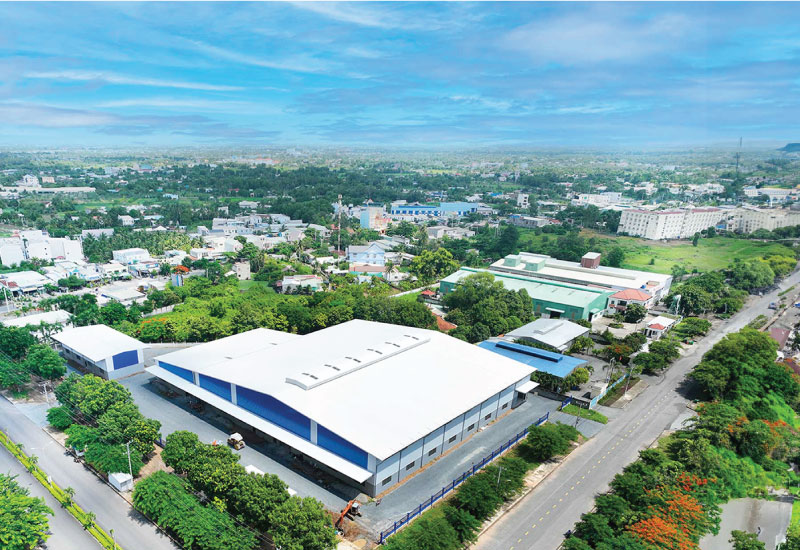Industrial real estate is popular
Despite other gloomy segments, industrial real estate continues to grow steadily with rental prices increasing by up to 30%.
Fulian Precision Technology Component, a subsidiary of Foxconn, has invested 621 million USD in Bac Giang. Earlier this year, they spent 62.5 million USD to rent 45 hectares of land located in Quang Chau industrial park, with a term until February 2057. It is expected that this will be the location of a new factory to assemble iPads and AirPods for Apple.
In the first half of the year, Goerteck (Hong Kong) was in the top 5 units with high capital injection in the manufacturing industry in the North with 280 million USD. This company’s third project in Bac Ninh specializes in manufacturing consumer electronic products, communication equipment, and optical instruments, expected to come into operation in 2024. To deploy, they rented 62.7 hectares of land in Nam Son – Hap Linh industrial park to build a factory.
While the Northern industrial parks welcome many electronic technology, automation or solar energy equipment customers looking to rent land, the South receives a series of large tenants in a variety of industries from tires, beverages to textile.

For example, Binh Phuoc welcomed the province’s largest investor – Shandong Haohua Tire, registering half a billion USD in capital. This Chinese tire manufacturer leased 43 hectares of land in Minh Hung – Sikico industrial park. Or mention Suntory Pepsico Vietnam, which leased 20 hectares of land in Huu Thanh IDICO Industrial Park to implement a 185 million USD investment project in Long An.
In the first nine months of the year, foreign direct investment (FDI) registered in Vietnam was nearly 20.21 billion USD, up 7.7% over the same period. Specifically, capital poured into processing and manufacturing took the lead, reaching more than 14 billion USD, accounting for nearly 69.3% of total registered capital and increasing 15.5% over the same period, according to the Foreign Investment Department.
Foreign investors in the manufacturing sector continuously come to Vietnam to help stabilize the industrial real estate market. According to a recently published report by Savills, industrial parks nationwide have an occupancy rate of over 80%. Northern key provinces reached 83% and southern key provinces reached 91%.
Regarding supply, in 2023, 397 industrial parks were established with a total land area of 122,900 hectares. Of these, there are 292 active zones with a total area of more than 87,100 hectares. And 106 other areas are being built with a total area of 35,700 hectares.
Despite large additional supply, rents still increase. In the North, rental prices increased by 30%, reaching an average of 138 USD per square meter per rental cycle (from 102 USD last year).
In large industrial provinces in the South (Binh Duong, Dong Nai, Ba Ria – Vung Tau, Long An, Ho Chi Minh City), rent increased from 152 USD last year to 174 USD per m2. Supply in these localities is limited. Binh Duong, Dong Nai, and Ho Chi Minh City have very high occupancy rates, 99%, 96% and 95% respectively.
The industrial real estate market is forecast to continue to be promising. According to experts, despite global difficulties, Vietnam is expected to continue to welcome the wave of shifts in the global production supply chain to competitive production centers in Southeast Asia.
Savills also recorded an increasing number of requests and site surveys from multinational manufacturing, logistics and e-commerce businesses, reflecting growing demand for industrial products.
According to Mr. John Campbell, Vietnam’s attractiveness is maintained thanks to its young workforce and competitive costs, export-oriented economy, stable business environment, geographical location, and active participation. into Free Trade Agreements.
However, industrial real estate in Vietnam still has 3 challenges. Firstly, the quality of all traffic infrastructure in Vietnam is still lower than other countries in the region. Transportation infrastructure is expanding rapidly but development has not yet met the pace of economic and social growth. In fact, in 2023 Vietnam has dropped 4 places compared to 2018 in the World Bank’s logistics performance index (LPI), down to 43 globally.
However, industrial real estate in Vietnam still has 3 challenges.
- Firstly, the quality of all traffic infrastructure in Vietnam is still lower than other countries in the region. Transportation infrastructure is expanding rapidly but development has not yet met the pace of economic and social growth. In fact, in 2023 Vietnam dropped 4 places compared to 2018 in the World Bank’s logistics performance index (LPI), down to 43 globally.
- Secondly, as the focus shifts to attracting high value-added industries and increasing productivity to be on par with regional countries, the demand for skilled labor will increase. Labor costs in Vietnam are only a third of those in China (329 USD per month compared to 1,119 USD per month) but productivity is also lower at the same level.
- Thirdly, strictly new fire regulations have created obstacles for industrial developers, manufacturers and logistics companies. Foreign investors are having difficulty obtaining the appropriate certificates and some projects have been delayed because of this problem.










